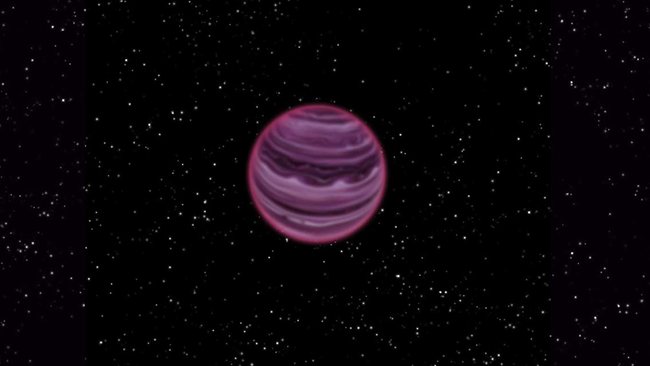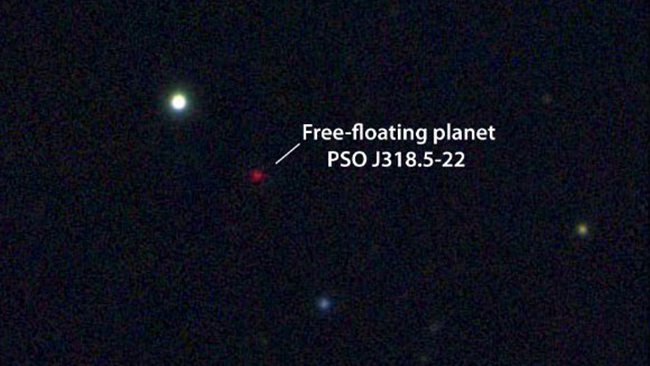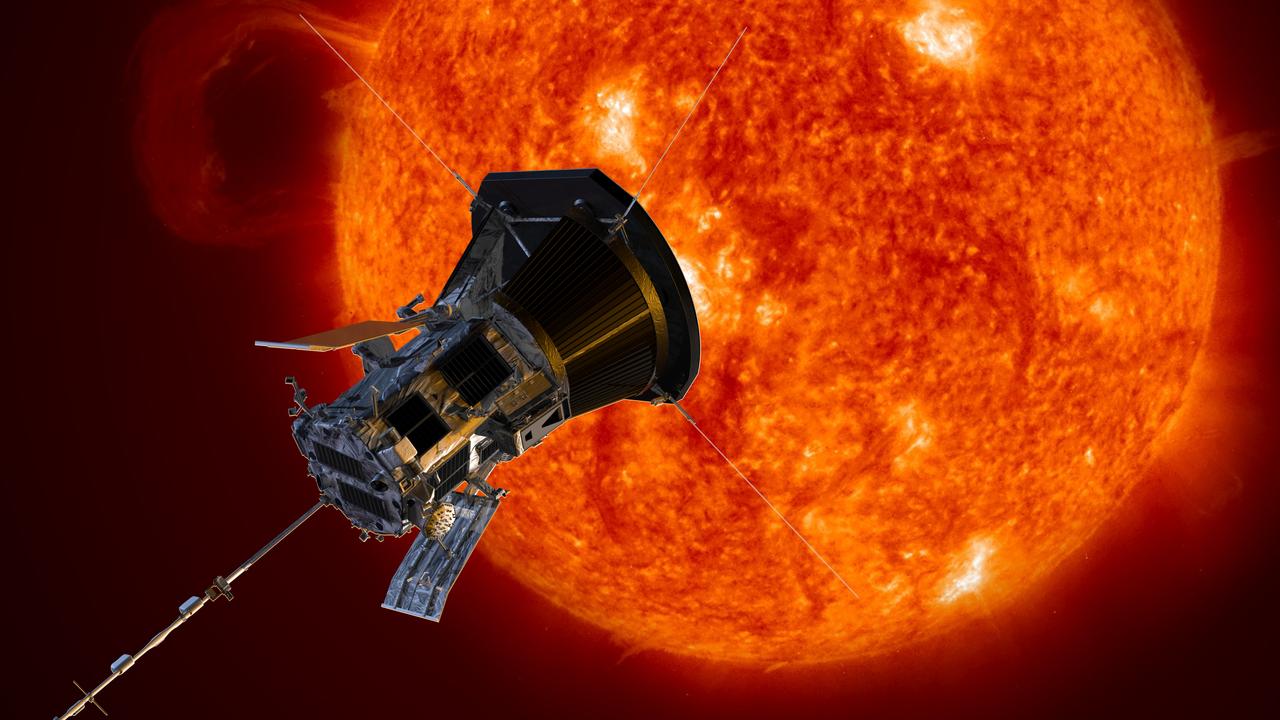Real death star destroyed planets much like Earth
A LONG time ago, in a solar system far, far away, a planet a bit like Earth was destroyed by a death star. And the same will happen to us.

A LONG time ago, in a solar system far, far away, a planet a bit like Earth was destroyed by a death star. And the same will one day happen to us.
Evidence of an apocalypse in a planetary system similar to our own has been uncovered by astronomers studying a dying star.
The shredded remains of a watery asteroid suggest that hundreds of millions of years ago the system may have harboured Earth-like habitable planets.
But any intelligent beings living there must have departed - assuming they had mastered space travel - or been extinguished as their sun blew up and then collapsed into a "white dwarf". Scientists believe six billion years from now, alien astronomers studying the burned out remains of our Sun may come to the same conclusion.
Like the white dwarf GD 61, the Sun is destined to end its life by first expanding into a Red Giant then shedding its outer layers and contracting into a super-dense glowing ember just a few thousand miles in diameter.
The dying Sun will radiate what is left of its heat over billions of years before finishing its life as a dead, cold, "black dwarf".
Astronomers studying the light emitted by GD 61, located 150 light years away from the Earth, detected an abundance of "rocky" elements such as magnesium, silicon and iron.

They also found oxygen in quantities that indicated a very large amount of water.
Only a water-rich massive asteroid, or minor planet, can explain the observations, say the scientists.
The giant rock, at least 90 kilometres in diameter, would have been drawn in by the white dwarf's powerful gravity and ripped apart.
If such an asteroid existed in the system, it is highly likely that rocky, water-covered, Earth-like planets did too.
Since only 0.02 per cent of the Earth's mass consists of water, the oceans that cover its surface were probably delivered by impacts from watery asteroids and comets.
"The finding of water in a large asteroid means the building blocks of habitable planets existed - and maybe still exist - in the GD 61 system, and likely also around substantial number of similar parent stars," Dr Jay Farihi, from the Institute of Astronomy at Cambridge University, said.

"These water-rich building blocks, and the terrestrial planets they build, may in fact be common; a system cannot create things as big as asteroids and avoid building planets, and GD 61 had the ingredients to deliver lots of water to their surfaces.
"Our results demonstrate that there was definitely potential for habitable planets in this exoplanetary system."
The research appears in the latest issue of the journal Science.
Asteroids are essentially the building blocks of rocky planets. Water would have accounted for more than a quarter of the mass of the one believed to have orbited GD 61.
In our own Solar System, the giant asteroid Ceres contains a similar proportion of water in the form of subsurface ice.
The tell-tale excess oxygen in the dust and debris surrounding GD 61 was detected using powerful spectrograph techniques that look for chemical signatures in light.

Astronomers made the observations using the Hubble Space Telescope and the large Keck telescope on Hawaii.
Others, meanwhile have confirmed the existence of a real "rogue planet".
Scientists have for years believed that young solar systems, including our own billions of years ago, ejected some of their own planets as gravitational fields interacted and orbits became unstable, but because they are nowhere near illuminating stars they are very hard to see.
Whether that is the origin of a lonely gas giant found wandering alone is not known, but it has excited astroners who found it while looking for signs of alien life in space.
The gaseous exoplanet, dubbed PSO J318.5-22, is just 80 light years from Earth and has a mass six times that of Jupiter.
Having formed 12 million years ago, the planet is considered a newborn. Earth and this system's planets are more than four billion years old.
"We have never before seen an object free-floating in space that looks like this. It has all the characteristics of young planets found around other stars, but it is drifting out there all alone," said research team leader Michael Liu of the Institute for Astronomy at the University of Hawaii at Manoa.
"I had often wondered if such solitary objects exist, and now we know they do."
The researchers, whose study was published in the Astrophysical Journal Letters, identified the planet from its faint and unique heat signature using the Pan-STARRS 1 wide-field survey telescope on the Haleakala volcano of Hawaii's Maui island.
RELATED: "Second American in space", Scott Carptenter, dies
MORE: Comet ISON pictured as it begins plunge towards Sun
The Astronomers suggest the newly found planet may have the lowest mass of all known freely floating objects.
Other telescopes in Hawaii showed that the planet has similar properties to those of gas giants orbiting around young stars, but PSO J318.5-22 is nowhere near a host star.
During the past decade, researchers have found about a thousand extrasolar planets using indirect methods, including planet-induced wobbling or dimming of their host stars.
But only a handful of these planets have been observed directly since most are orbiting around young stars less than 200 million years old and thus very bright.
PSO J318.5-22 "is going to provide a wonderful view into the inner workings of gas-giant planets like Jupiter shortly after their birth," said co-author Niall Deacon of the Max Planck Institute for Astronomy in Germany.



